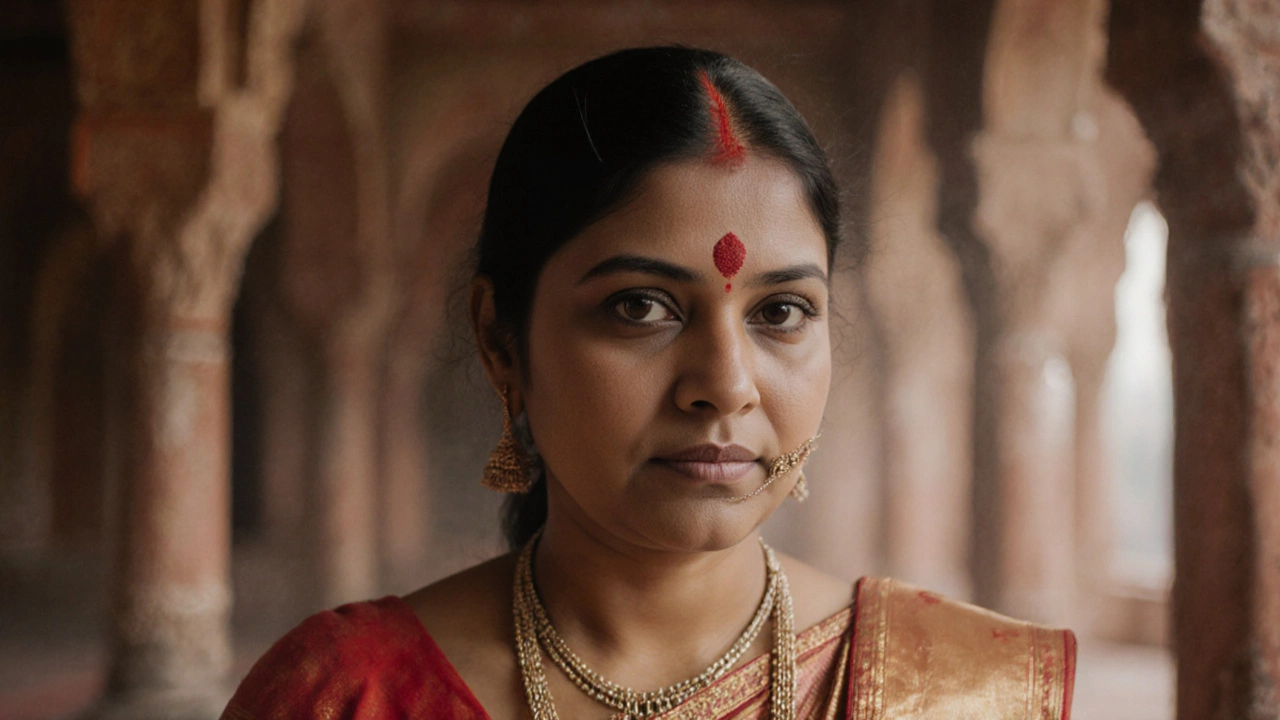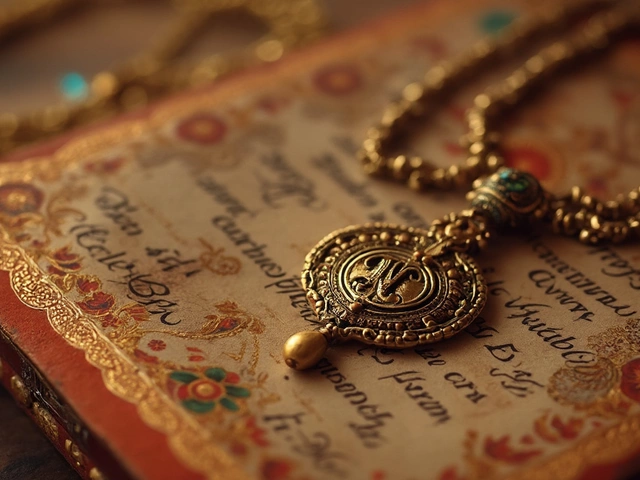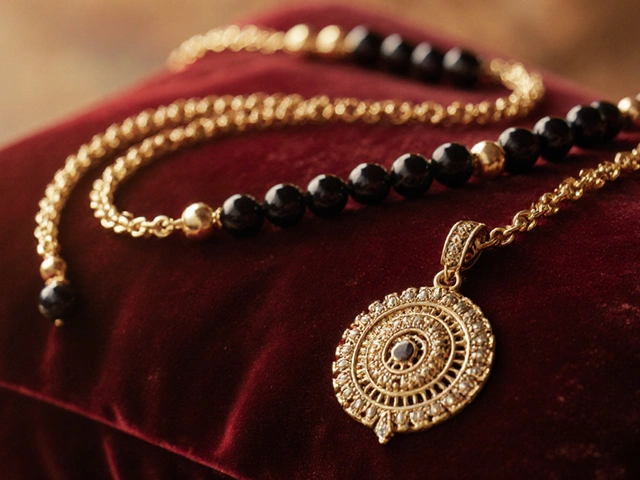Wear Bindi: Traditional Styling Tips, Cultural Meaning & Festive Ideas
When you Wear Bindi, applying the decorative forehead dot that has been part of Indian culture for centuries. Also known as bindi application, it blends personal style with cultural expression. The practice of Bindi, a small decorative sticker or paste placed on the center of the forehead, dates back to ancient Vedic traditions and is still popular at weddings, festivals, and everyday wear. Pairing a bindi with Indian Traditional Jewelry, pieces like bangles, necklaces, and earrings crafted in gold, silver, or precious stones enhances the overall look and respects the visual harmony described in classic texts. The Cultural Significance, the symbolic meaning behind the bindi representing the third eye, marital status, or spiritual focus adds depth to what might otherwise seem like a simple fashion choice.
Why does the bindi still matter in modern celebrations? First, it signals respect for tradition while allowing personal flair. When you choose a design—whether a simple red dot, a jeweled motif, or a modern geometric shape—you’re joining a line of people who link style to identity. The bindi also works hand‑in‑hand with other accessories; a gold or silver wear bindi look is often completed with matching bangles or a delicate necklace that mirrors the color palette. This synergy isn’t accidental: traditional outfits like sarees or lehengas are designed with color zones that naturally accommodate a forehead accent. By understanding how the bindi fits into the broader ensemble, you can avoid clashes and create a balanced visual story.
Practical Tips for a Flawless Bindi Application
Getting the bindi to stay put all day requires a few simple steps. Start with clean, dry skin—use a gentle cleanser and let the area dry completely. If you have oily skin, a light dusting of translucent powder helps the adhesive grip better. For stick‑on bindis, press firmly for 5‑10 seconds, then smooth out any air bubbles. For paste‑type bindis, apply a thin layer of adhesive (like a dab of mehndi or a commercial glue) and place the bindi before the paste dries. The choice of material matters: cotton stickers are breathable, while metallic designs may need a stronger glue to support their weight. Finally, protect the bindi with a clear setting spray if you expect a long day or a humid environment.
Choosing the right bindi style depends on the occasion and your outfit. For a traditional wedding, a richly embellished bindi with tiny crystals or pearls can echo the bridal jewelry and add a touch of glamour. For everyday office wear, a minimalist dot or a subtle floral pattern keeps the look professional yet culturally aware. Seasonal festivals like Diwali or Navratri invite brighter colors and larger designs that match the festive energy. Remember, the size of the bindi should complement your face shape—smaller dots work well for broader foreheads, while larger motifs suit narrower faces.
Beyond aesthetics, the bindi carries layers of meaning that vary across regions. In many North Indian cultures, a red bindi signifies marriage, while unmarried women may opt for a black dot or decorative sticker. In South India, the bindi often aligns with the “tilaka” pattern used in religious rituals. Understanding these nuances helps you respect the customs you engage with and avoid unintended signals. If you’re attending a multi‑cultural event, a neutral-colored bindi—like gold or silver—offers a safe middle ground that honors tradition without overstepping specific regional meanings.
All of these ideas tie back to the larger theme of expressing yourself through thoughtful styling. As you explore the articles below, you’ll find deeper dives into related topics: the symbolism of black beads in mangalsutra, how to match bangle colors with skin tones, and even guides on nose pin placement that share a similar focus on facial adornment. Together, they form a toolbox for anyone looking to blend cultural heritage with modern fashion. Keep reading to discover more practical advice, style inspiration, and cultural insights that will help you master the art of wearing a bindi with confidence.
Who Can Wear a Bindi? Meaning, Rules & Modern Styling Tips
Discover who can wear a bindi, its cultural meaning, etiquette, and modern styling tips for any occasion.





